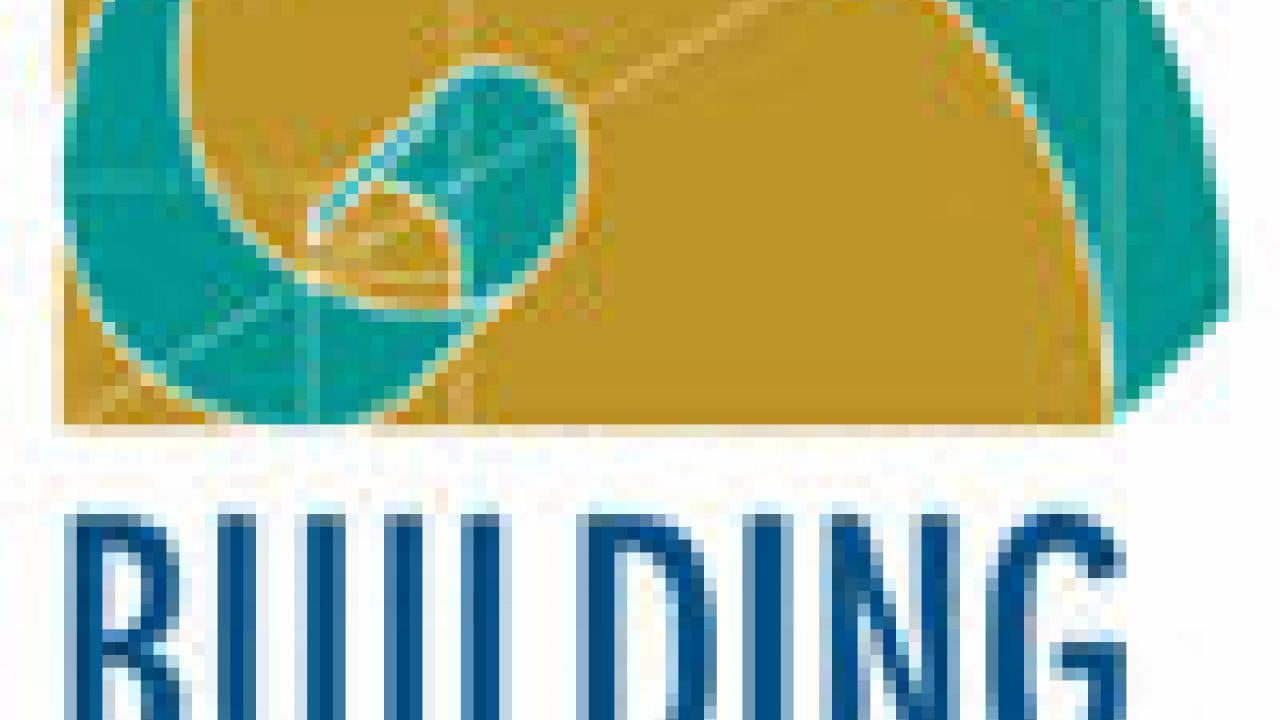Building just about anything in Davis these days is a hot topic.
Especially new housing.
Davis residents continue to provide the university with feedback at public forums on the campus's proposed residential neighborhood in West Davis. For about two years now, the campus has been hosting community gatherings to address housing and other growth considerations as part of its extensive Long Range Development Planning process.
On July 28, the university held a public hearing on the 2003 Draft Long Range Development Plan and Draft Environmental Impact Report. The meeting in Freeborn Hall marked the last forum for oral testimony before an Aug. 5 deadline and the latest hearing at which access to the new neighborhood was a key issue. The UC Board of Regents is expected to review the LRDP in the fall.
Sid England, director of environmental planning, explained to the audience: "We will respond to all comments tonight in writing the final Environmental Impact Report. The purpose of this hearing is to provide the public an opportunity to present oral testimony on the draft EIR associated with the Long Range Development Plan."
Some West Davis residents have expressed concern about the university's proposed 224-acre residential neighborhood along Russell Boulevard and Highway 113. Built on campus land, the transit-oriented, bicycle-friendly community would provide about 1,600 housing units for about 4,350 students, faculty and staff, and would include recreational fields, a community education center, commercial services and an elementary school.
About 30 community members attended the July 28 forum. Three issues dominated, the same that would three days later also dominate a Davis City Council meeting -- infill development, the north-south orientation of the proposed neighborhood and vehicular access to the neighborhood via Russell Boulevard.
Resident Rena Nayyar asked the university to reconsider its plans. "I'd rather see more infill on campus than this sprawl and expansion west of Highway 113," she said.
Dan Carson, another resident, said the university should consider building "bicycle underpasses" beneath Russell Boulevard. Carson also suggested that emergency access roads in that location were undesirable due to large numbers of school children in the area. "This would be made worse by the development."
Robert Smith, who lives in West Davis, said the university should build such complexes on its southern portions. "A lot of this land is unused except for agricultural purposes." Norm Zack urged the university to fully and equally analyze all of its alternatives in locating the neighborhood.
Resident Alan Balch told the university he didn't support any campus housing west of Highway 113, and that UC Davis should reconsider using core campus space for facilities like greenhouses and the student living quarters known as the "domes," which he described as "outdated."
"There's no reason to expand, particularly for housing," he said.
William Bernheim, another resident, recommended building a light rail station as a transportation option for the university.
The goal of the proposed neighborhood is to help the university accommodate increasing enrollments and to provide affordable housing for faculty and staff. The campus also plans to construct housing for about 2,000 students east of Highway 113 on the core campus.
In releasing the planning documents, UC Davis is showing how it will handle an expected student body of 30,000 students on the main campus and another 2,000 in other locations by 2015. This population growth requires both physical and academic planning for the future, campus planners say.
Last October, in response to community feedback, the neighborhood's size was reduced from two earlier proposed alternatives of 380 and 260 acres. It was also redesigned to stretch farther south along Highway 113, moving its orientation away from Russell Boulevard.
The July 28 forum -- characterized by its respectful dialogue -- followed a standing-room-only, volatile workshop held July 10 at Emerson Jr. High to discuss the potential of a road connection between Russell Boulevard and the new neighborhood. The July 10 meeting culminated in a Davis resident allegedly shoving a university consultant. The contentious atmosphere prom-pted UC Davis officials to forego workshop activities and leave the meeting.
A July 24 forum proved more productive. About 200 community participants took part in the orderly, three-hour meeting, moderated by Assemblywoman Helen Thomson of Davis. UC Davis officials said they would recommend no road connection to Russell Boulevard from the neighborhood west of Highway 113. The only access would be for emergency vehicles, pedestrians and bicycles.
Officials echoed those recommendations July 30 at a Davis City Council meeting. Council members voted unanimously to recommend against a road connection from Russell Boulevard to the new neighborhood. The city hopes to formalize the decision in a memorandum of understanding with UC Davis.
Councilmembers further suggested building more housing in the campus core area and that the university reconfigure the proposed neighborhood to a more north-south orientation along Highway 113.
About 25 people spoke, many of them West Davis residents. Most spoke against access along Russell Boulevard. But a few residents said that would isolate the neighborhood and keep residents from feeling like a welcome, integrated part of the Davis community.
Still to be decided is whether the city would choose to annex the neighborhood.
"I have always thought that it was wise to annex at least the faculty and staff housing because I thought that the long-term, year-round residents should be part of the city of Davis," Davis City Councilwoman Sue Greenwald told the Davis Enterprise. "We're a university town. I would like the faculty and staff to be citizens of Davis."
